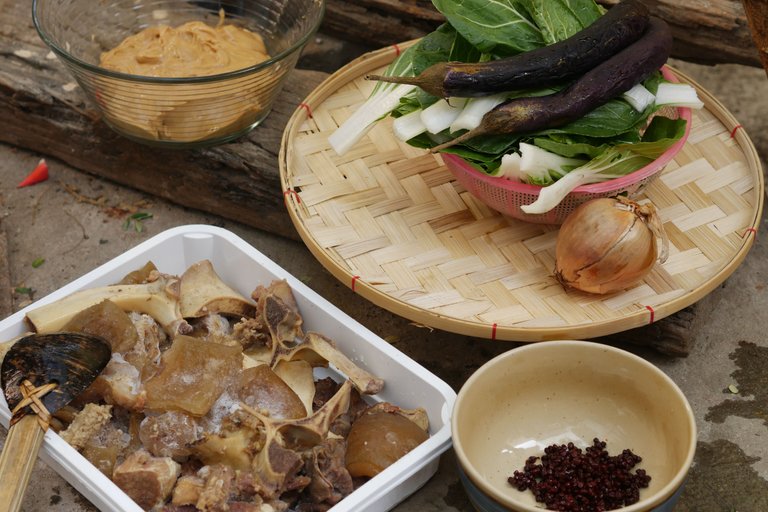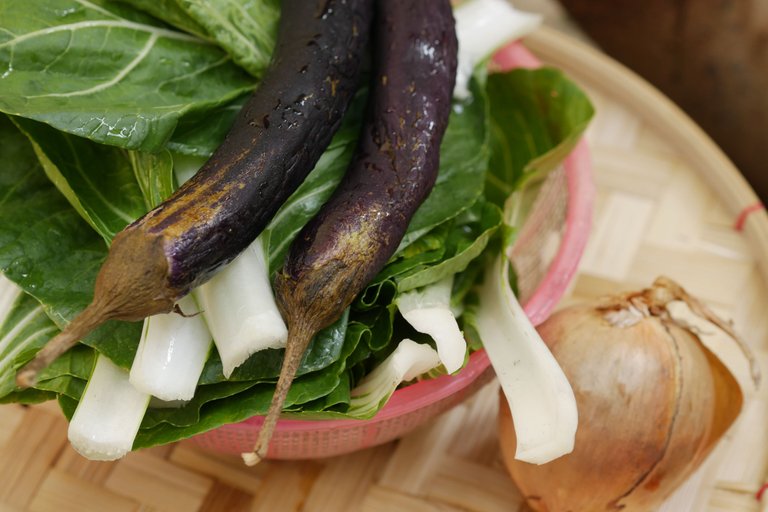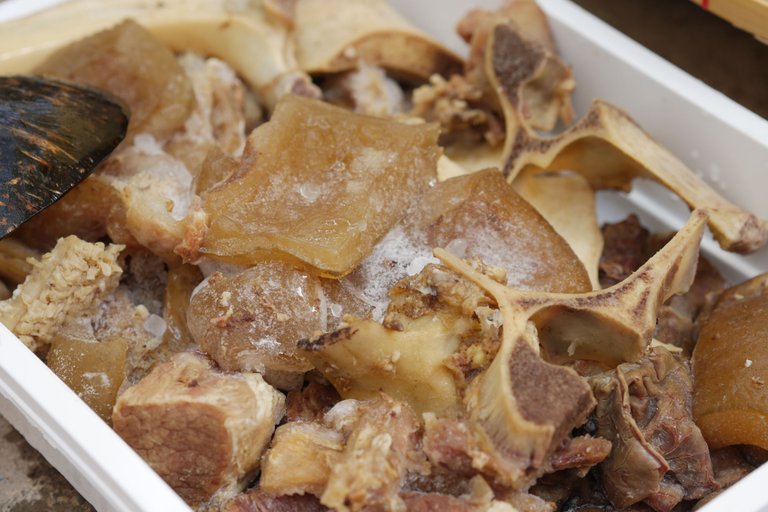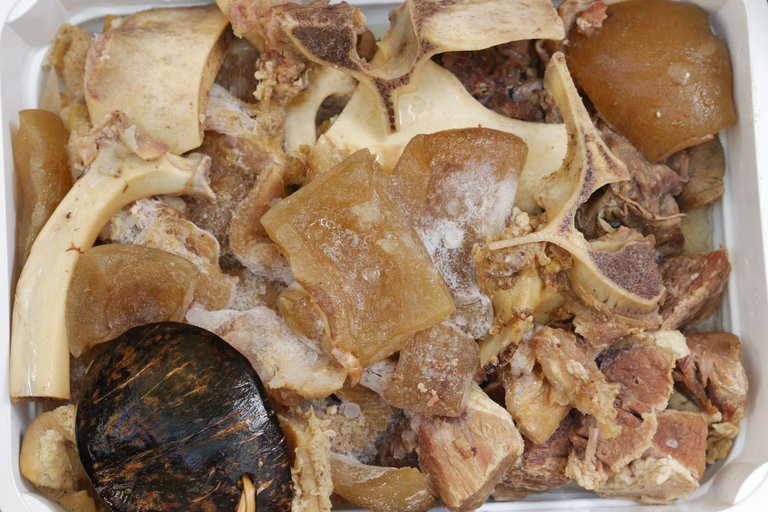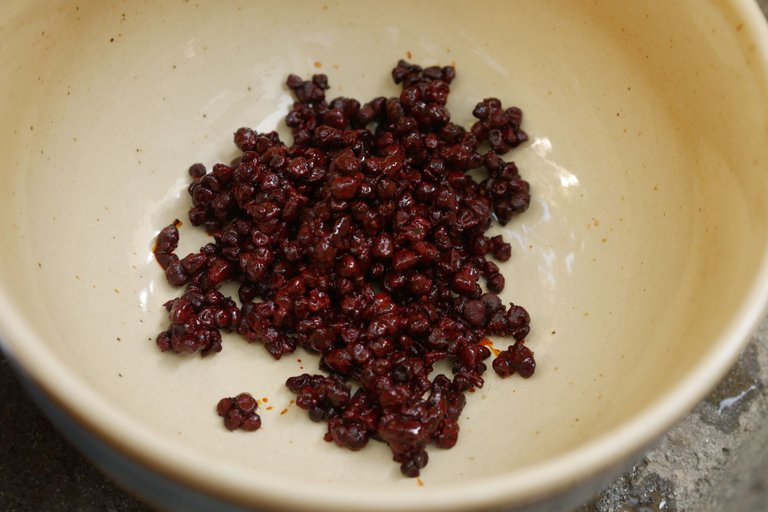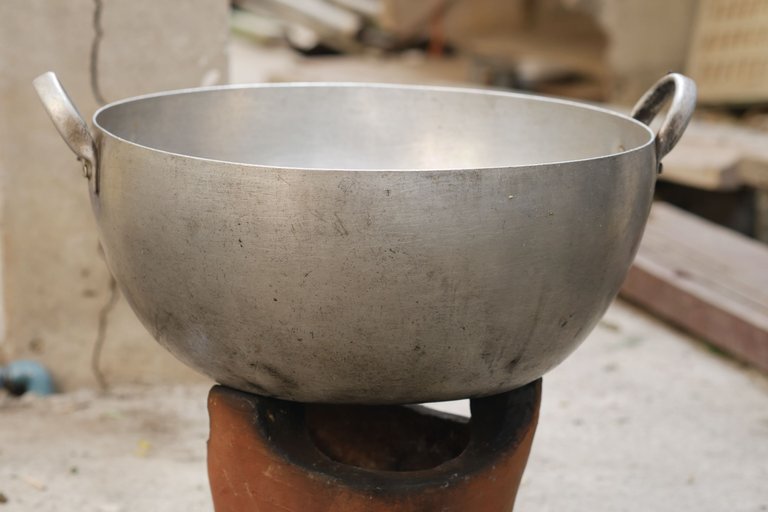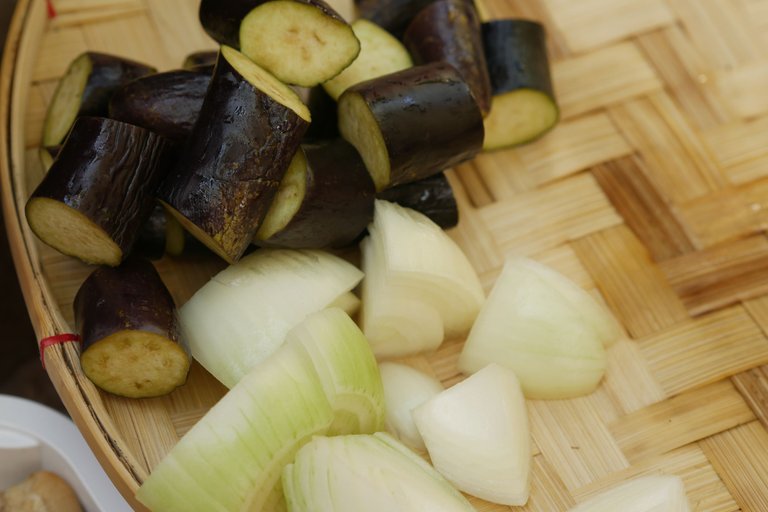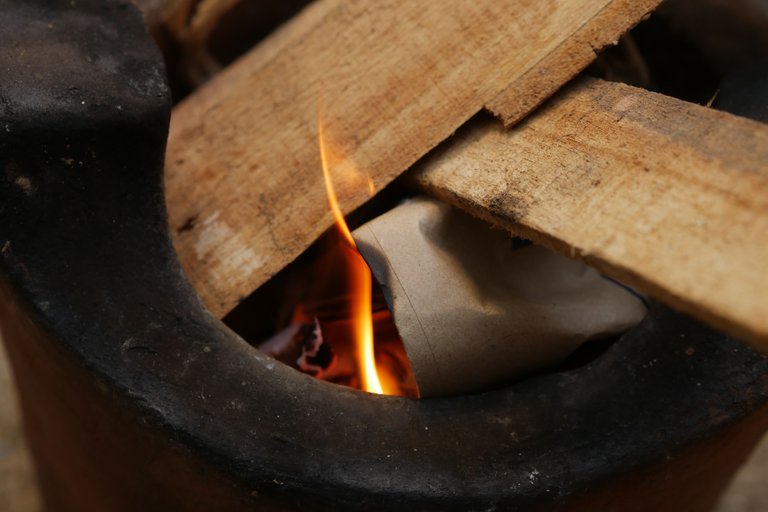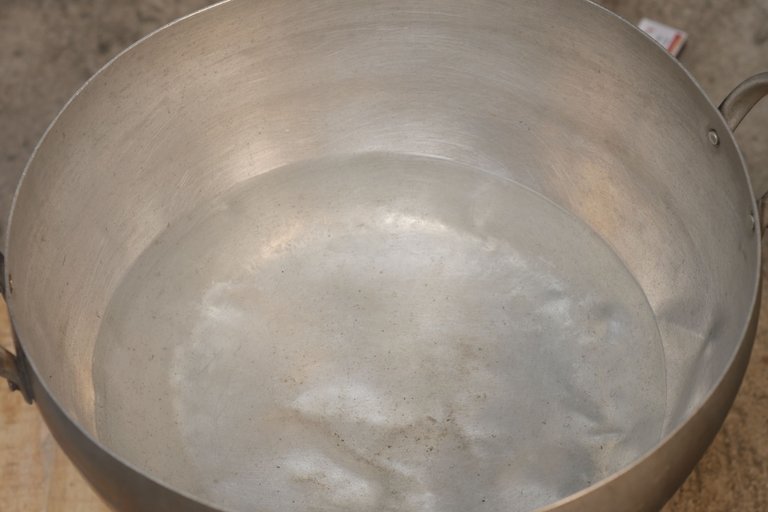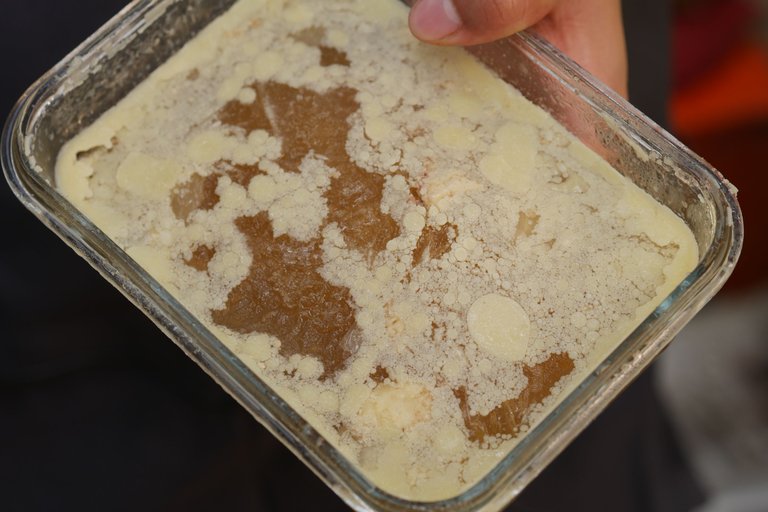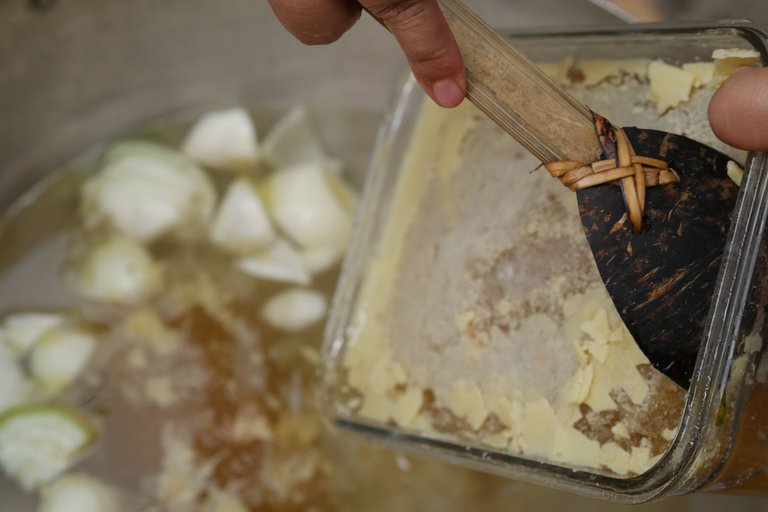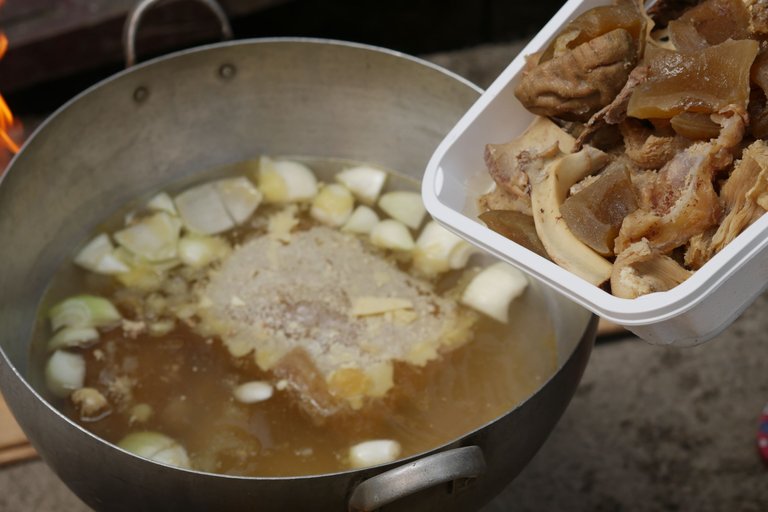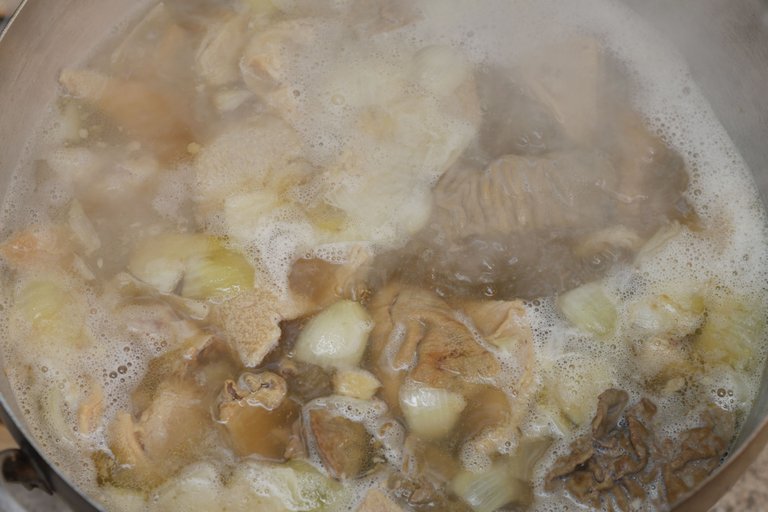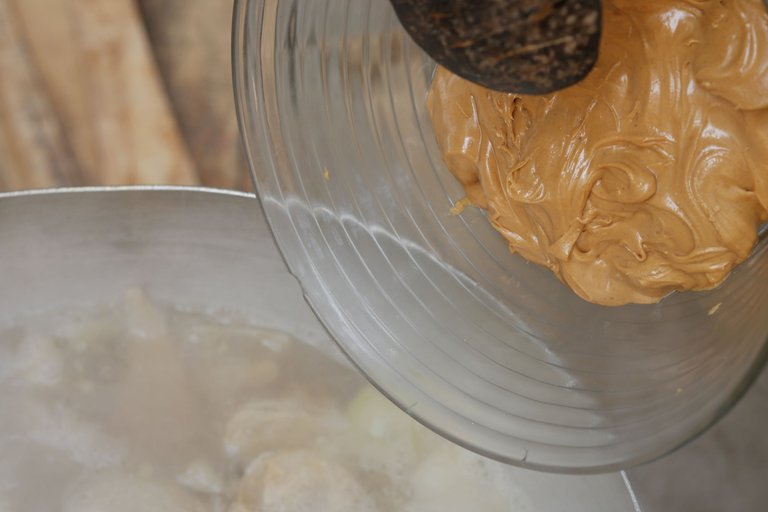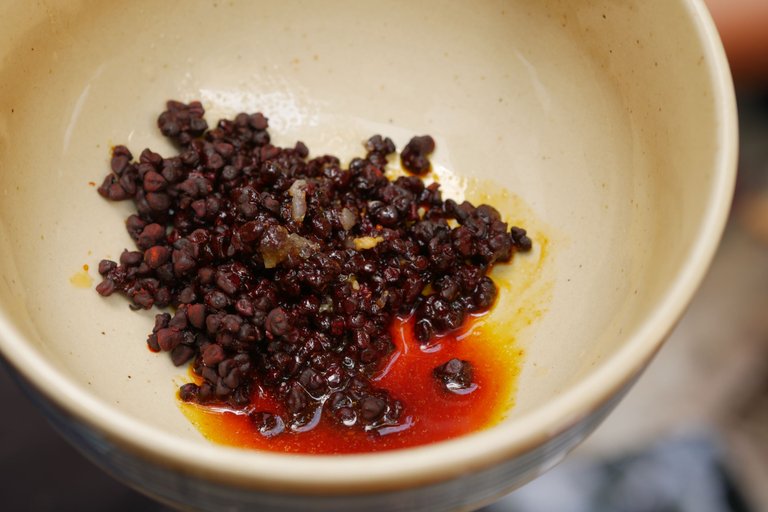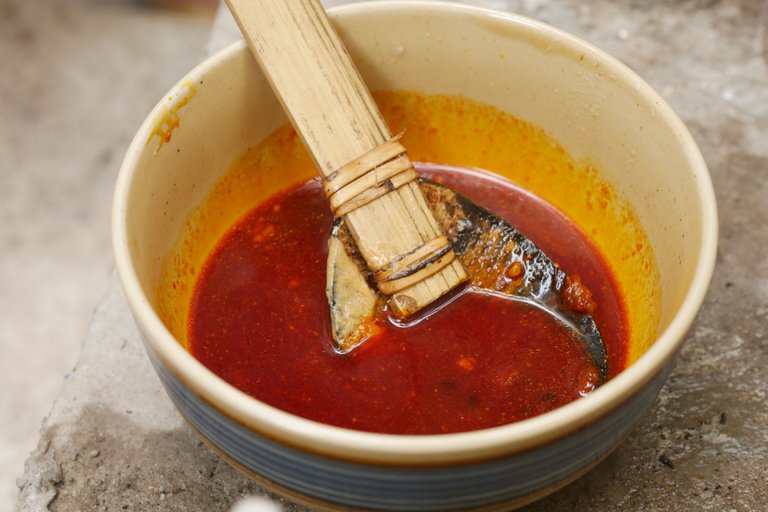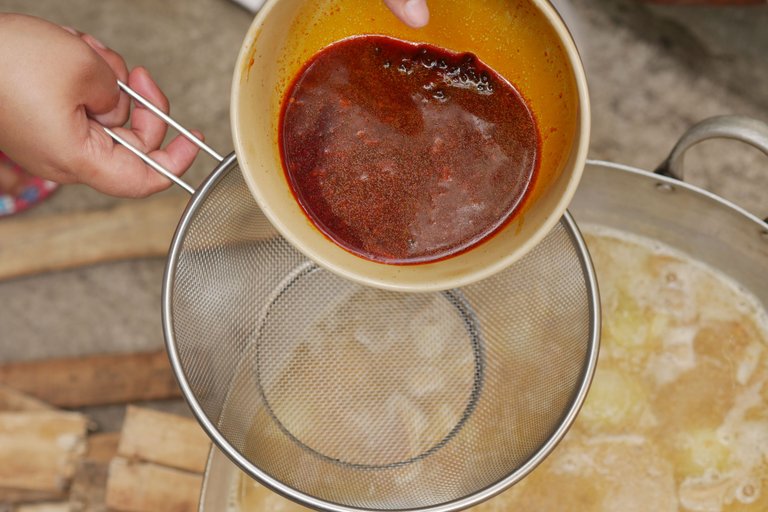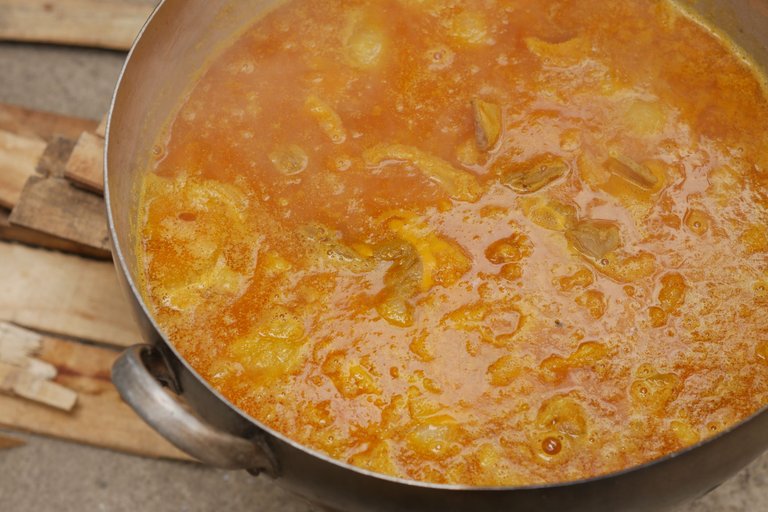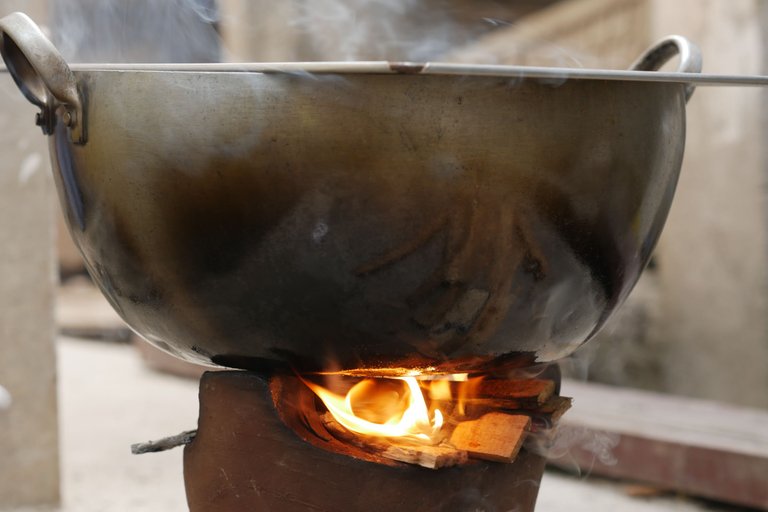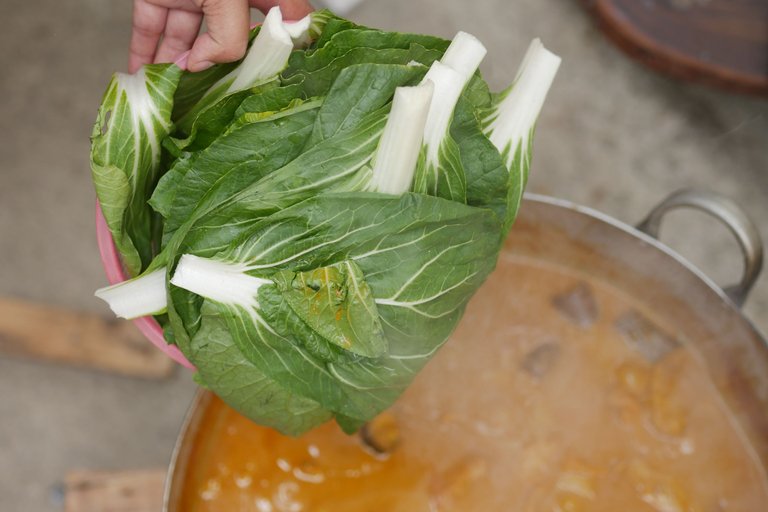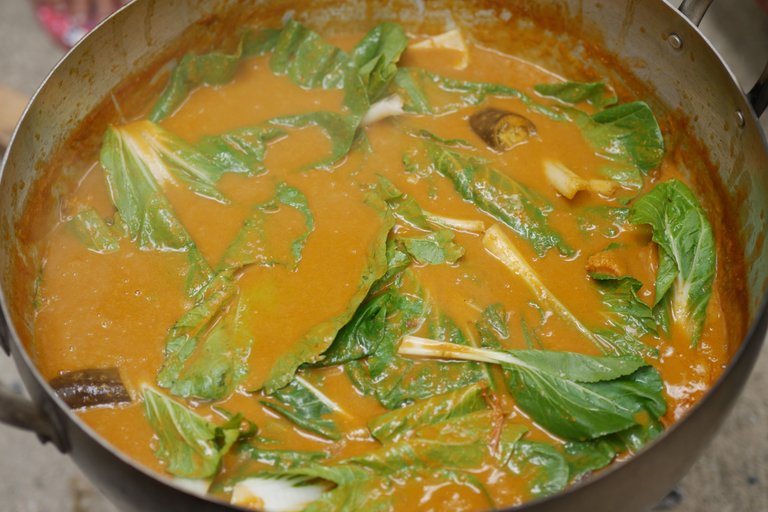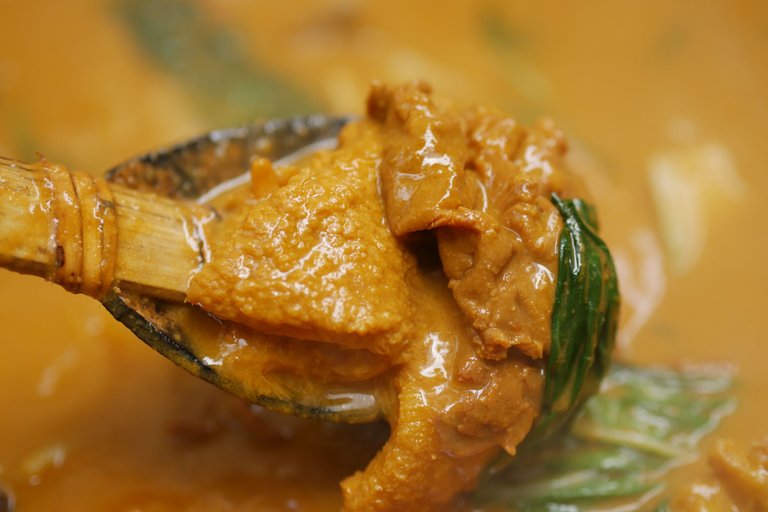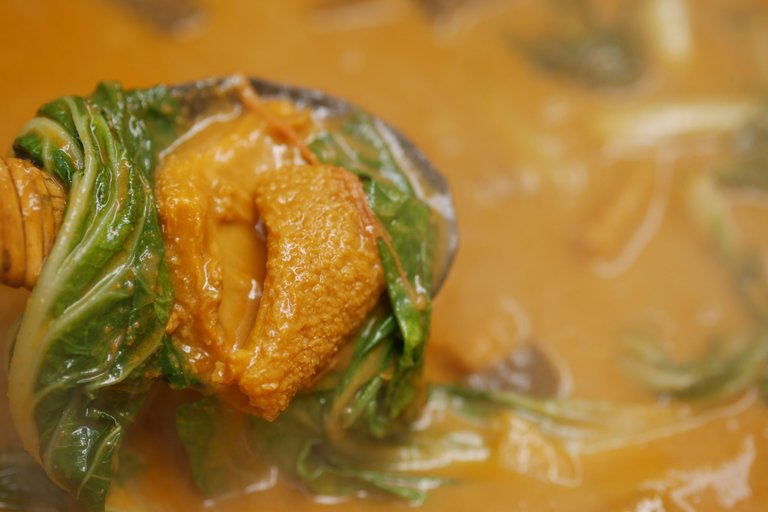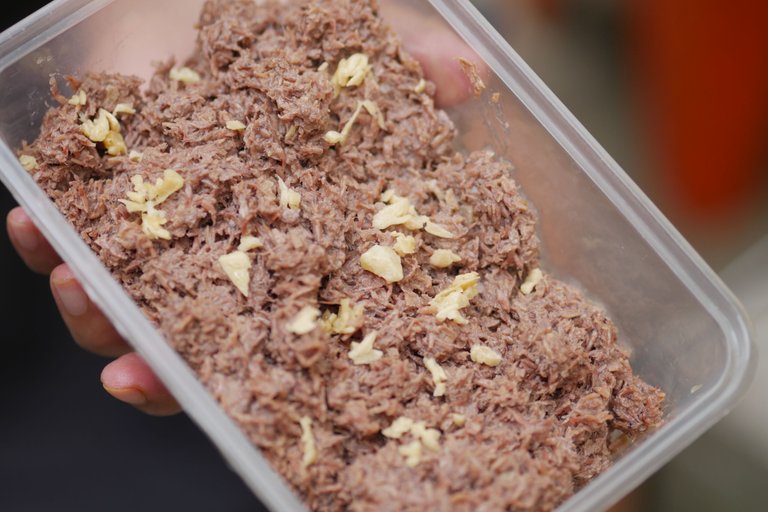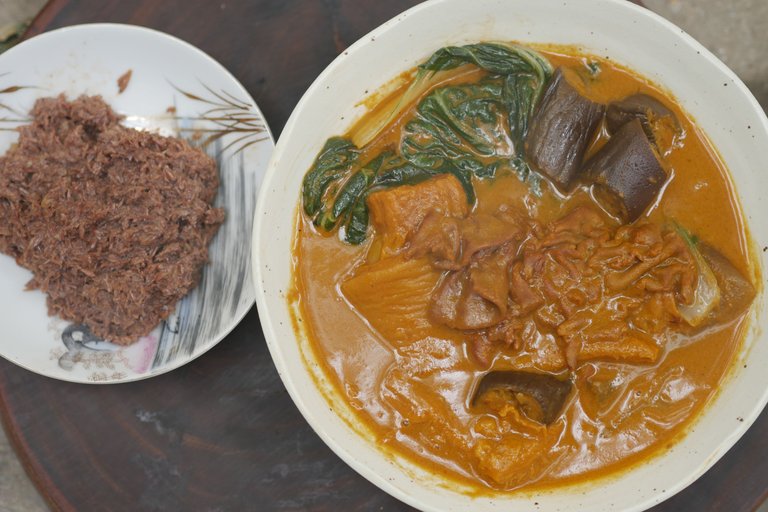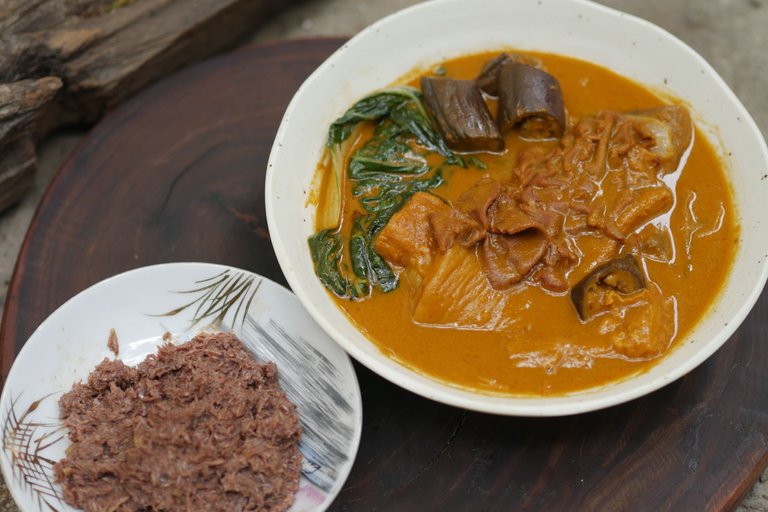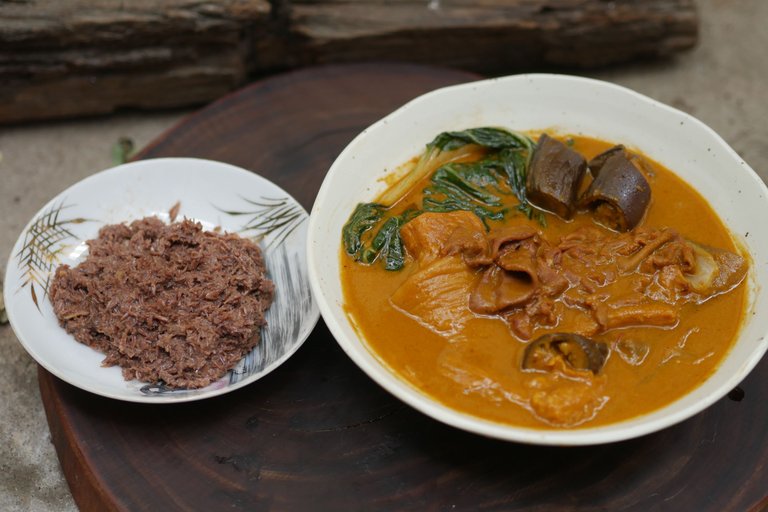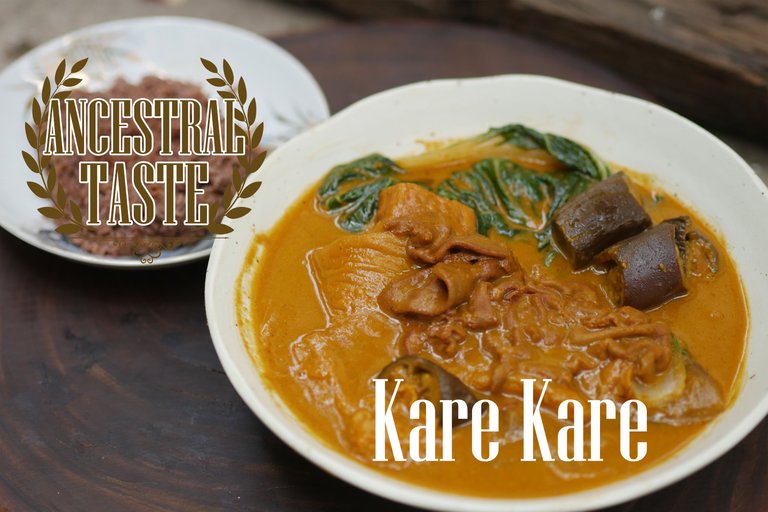

Kare Kare
Hello and welcome to another episode of Ancestral Taste. A series where we showcase traditional and exciting food from the Philippines. Today we will feature one of my favorite Philippine dishes called Kare Kare. A stew made from peanut butter, meat and vegetable. Sounds exotic and exciting? Well, join us today as we share with you this Philippine dish.
A recipe since the 13th century way before the Spanish occupation and has been with us until this very day. It has been a food for the royalty which has evolved throughout the centuries. Kare Kare has a thick orange-colored peanut sauce with meat and vegetables.
The vegetables used in this dish are Pechay (snow cabbage), eggplant, onions, string beans and banana blossoms. In our recipe, we only had Pechay and eggplants available.
Kare Kare can use various types of meat from chicken, seafood, pork and beef. But the best meat for us is ox tripe, beef and cow's face called maskara. We pre-boiled the ox tripe and maskara for 7-8 hours for it to be very tender. We also included some beef bones that we got for free from the meat vendor. Adding bones will add more flavor to the Kare Kare.
To color the stew we will need annatto seeds which is our traditional food coloring that has a hint of nutmeg scent.
We will use our antique cookware called the kaldero. A cooking pot that was used by my grandmother has been with our family for generations. As for the stove, we will use our clay wood stove.
The main ingredient for this dish is peanut butter. We can that this is a peanut stew and to a lot of people it may sound out of the ordinary.
The first step is to chop the onion and the eggplants.
We only used two eggplants because it is what we have left from the refrigerator but you could add more if desired.
Time to fire up the woodstove which is a great way to cook. Cooking using wood also adds flavor to your dishes and is still practiced in our local provinces.
We will add around 1.8 liters of water to the pot and add also add the chopped onion.
This is the broth for the meat that we boiled for 7-8 hours. There is some solidified oil on the top and you can remove it or also add it to the broth that we are making. We included the oil as it can also add flavor to the stew.
Next, we can add our pre-boiled meat and allow it to boil. Also, add two spoonfuls of salt to the mixture.
Once boiling we will now add the peanut butter. We used a jar and a half of peanut butter. During the earlier times, peanuts are roasted then ground but when the bottled peanut butter was introduced it made it easier to cook this dish with the same results.
The annatto seeds are used in many Philippine dishes and we will use it to color our Kare Kare.
We've put in two scoops of boiling from our stew to extract the color from the Annatto seeds.
Make sure to use a strainer so no seeds will be included in our stew.
The color of our stew will change to an orange color once you pour in the mixture.
Let it boil and cover the pot for an hour. It is best to also add the eggplants as eggplant takes a while for it to soften.
Once the eggplants are soft you can add the pechay and leave it for around 15 minutes.
Our Kare Kare is now ready to serve and should be eaten with freshly cooked rice.
There is one more thing that we need as your Kare Kare will not be complete without it. It is the fermented salted shrimp paste. It is like a condiment used while eating the meat from Kare Kare. Sometimes when all the meat is consumed and with a lot of soup left. You could just pour some soup to your rice and add a little shrimp paste with every spoonful it will be quite satisfying enough.
We just heated the shrimp paste a little for it to be more enjoyable.
So here we have it the Philippine Kare Kare. An authentic Philippine dish that is loved by a lot of people in our country. I am sure you would love it too. If there still a lot of soup still left what we do is add some chicken, shrimp, fried pork or even fried fish. Transforming it to a new dish with the same delightful taste and flavor.
To those who do not eat meat, you could do an all vegetable Kare Kare. Although the broth could be a little challenging for the flavor I'm sure it would still taste good. To thicken the sauce just add a little cornstarch to the mixture.
Thank you for joining us today and I hope you enjoyed the Philippine dish that we shared with you today.
Happy eating and see you again soon. Cheers!


All photos are original and taken with
Lumix GX85 and Olympus 45mm f1.8


Lumix GX85 and Olympus 45mm f1.8


